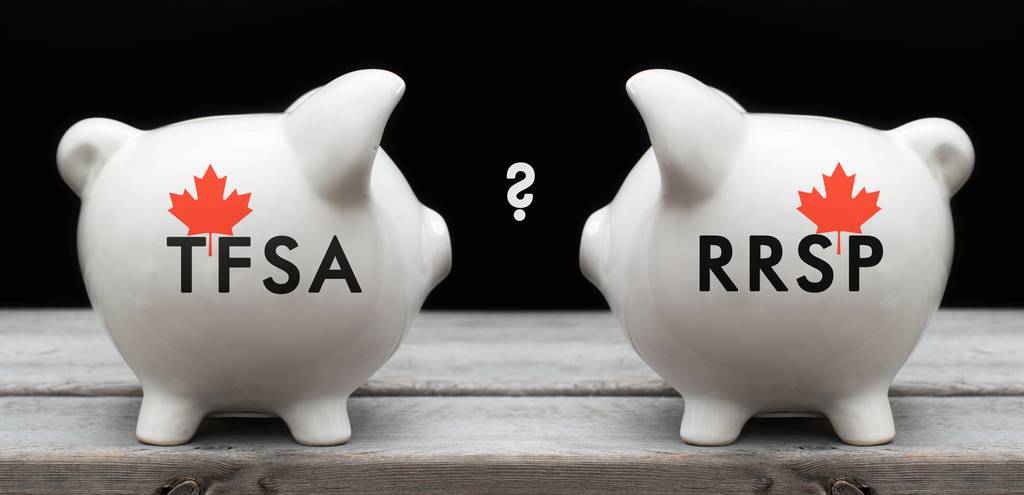For most taxpayers, the first few months of the year can seem to involve a seemingly unending series of bills and payment deadlines. During January and February, many Canadians are still trying to pay off the bills from holiday spending. The first income tax instalment payment of 2025 is due on March 17, and the need to pay any tax balance for the 2024 tax year comes just six weeks after that, on April 30. Added to all of that, the deadline for making an RRSP contribution for 2024 falls on March 3, 2025.
TFSA Archives - Akler Browning LLP
For most Canadians, the subject of making RRSP or TFSA contributions, or making RRIF withdrawals, isn’t usually top of mind at year-end. Most Canadians know that the deadline for making contributions to one’s registered retirement savings plan (RRSP) comes 60 days after the end of the calendar year, around the end of February, but relatively few are aware that in some circumstances an RRSP contribution must be (or should be) made by December 31, in order to achieve the best tax result.
If there is one invariable “rule” of financial and retirement planning of which most Canadians are aware, it is the unquestioned wisdom of making regular contributions to one’s registered retirement savings plan (RRSP). And it is true that for several decades the RRSP was the only tax-sheltered savings and investment vehicle available to most individual Canadians.
For most taxpayers, the first few months of the year are a seemingly unending series of bills and payment deadlines. During January and February, many Canadians are still trying to pay off the bills from holiday spending.
Most Canadians know that the deadline for making contributions to one’s registered retirement savings plan (RRSP) comes 60 days after the end of the calendar year, around the end of February. There are, however, some circumstances in which an RRSP contribution must (or should) be made by December 31, in order to achieve the desired tax result.
If there is one invariable “rule” of financial and retirement planning of which most Canadians are aware, it is the unquestioned wisdom of making regular contributions to one’s registered retirement savings plan (RRSP). And it is true that for several decades the RRSP was only tax-sheltered savings and investment vehicle available to most individual Canadians.
Most Canadians know that the deadline for making contributions to one’s registered retirement savings plan (RRSP) comes 60 days after the end of the calendar year, around the end of February. There are, however, some circumstances in which an RRSP contribution must be (or should be) made by December 31, in order to achieve the desired tax result.
For most Canadians, registered retirement savings plans (RRSPs) don’t become top of mind until near the end of February, as the annual contribution deadline (which, for 2019 contributions, will be March 2, 2020) approaches. When it comes to tax-free savings accounts (TFSAs), most Canadians are aware that there is no contribution deadline for such plans, so that contributions can be made at any time or even carried forward to a subsequent taxation year. Consequently, neither RRSPs nor TFSAs tend to be a priority when it comes to year-end tax planning.
Tax-free savings accounts (TFSAs) have been around for a full decade now, having been introduced in 2009, and for most Canadians, a TFSA (along with a registered retirement savings plan (RRSP)) is now a regular part of their financial and tax planning.

